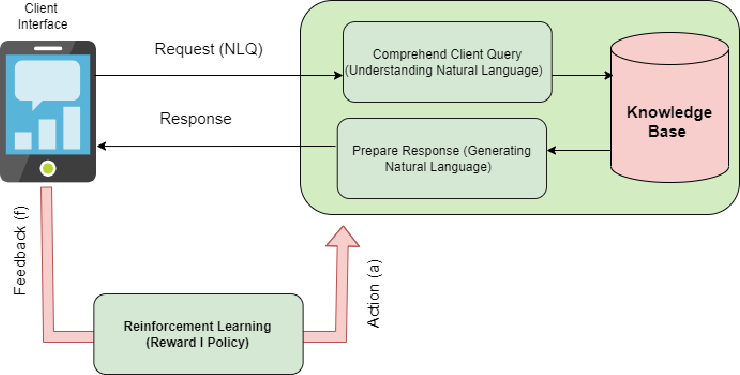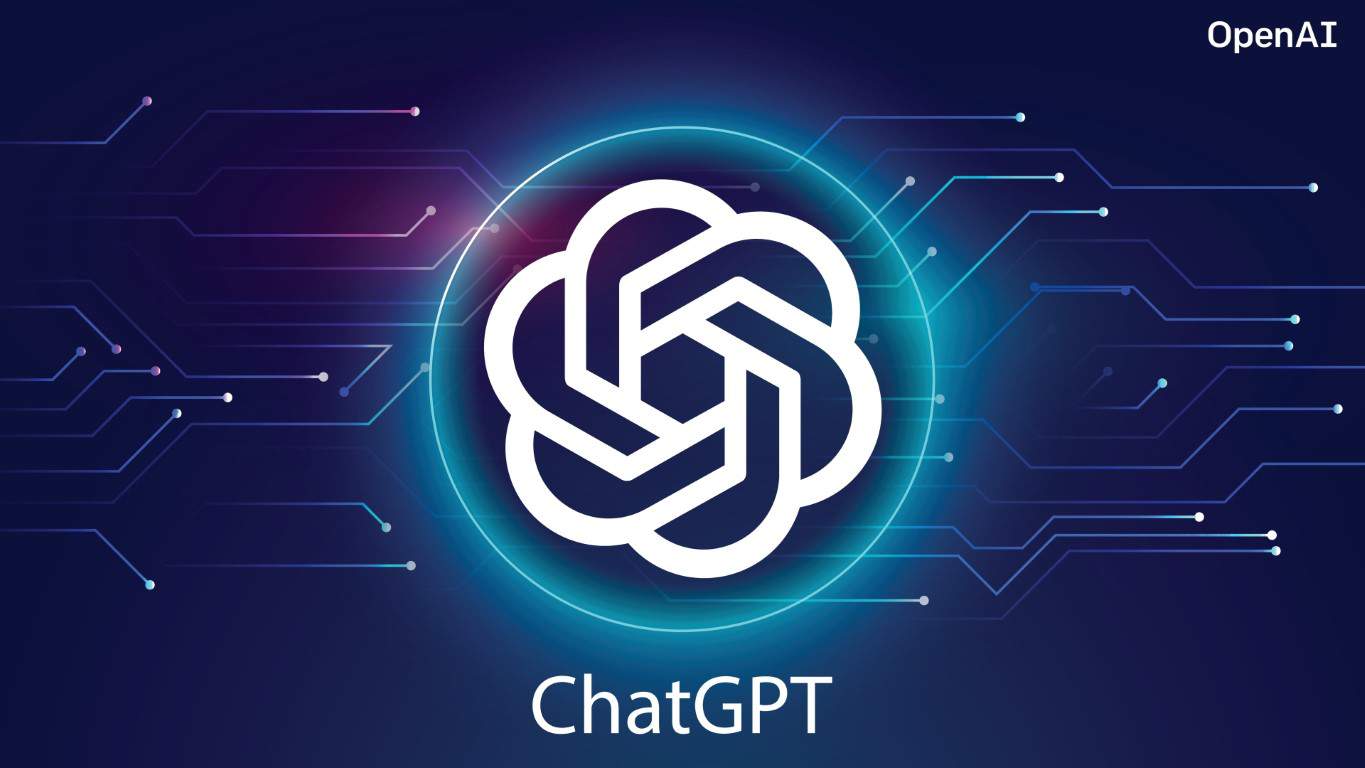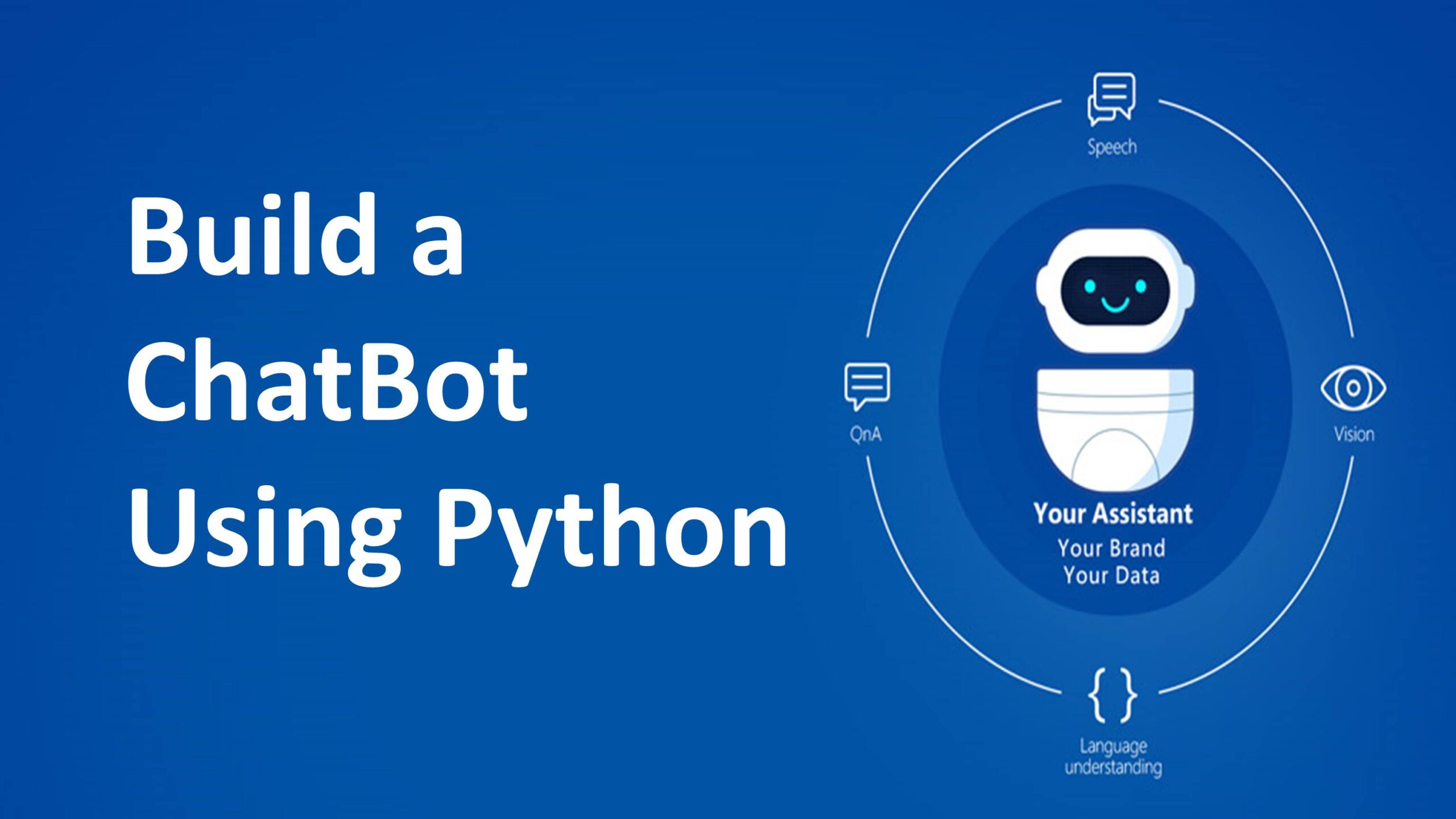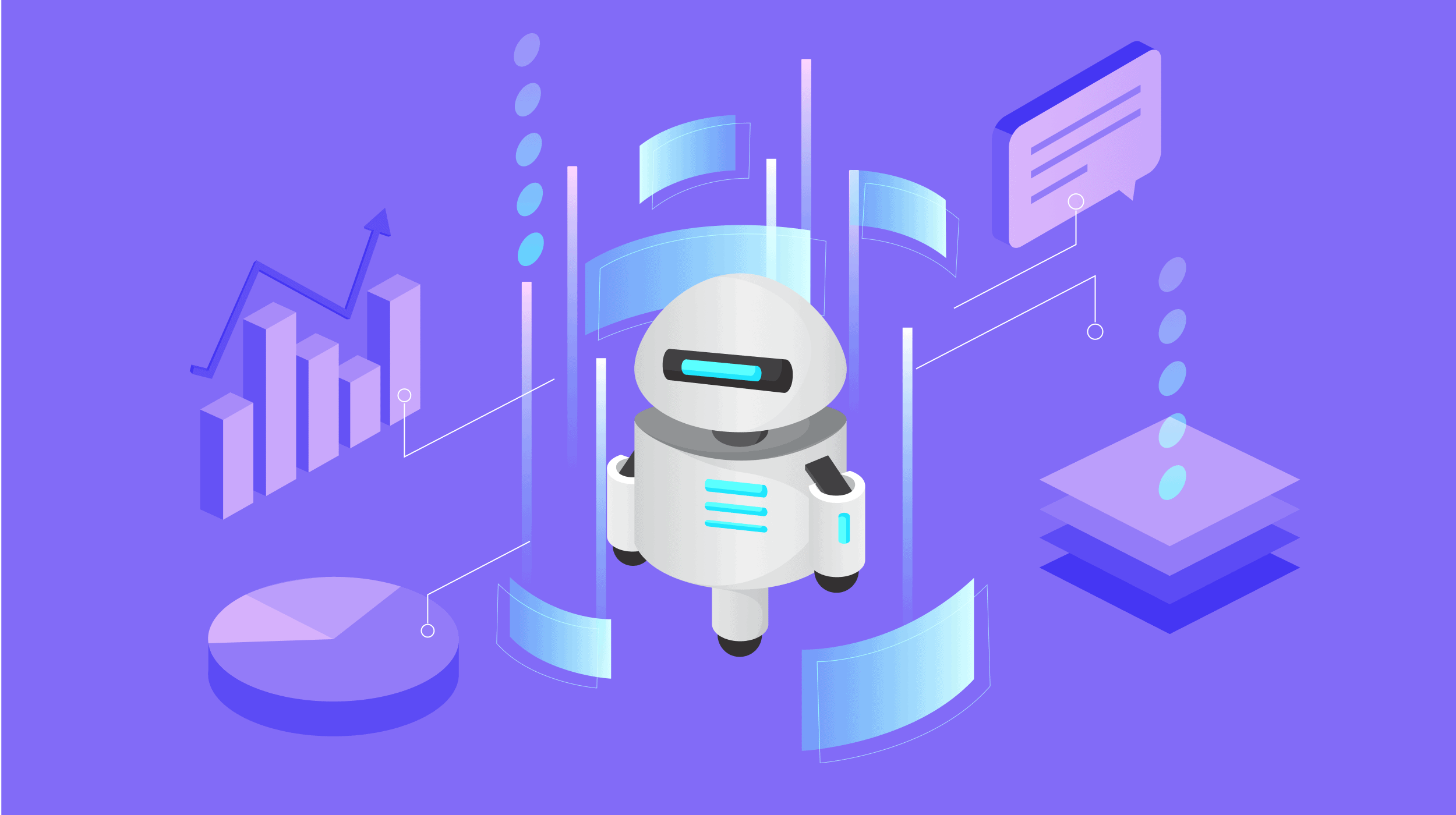ChatGPT, powered by OpenAI, has become one of the most advanced AI-driven conversational tools available today. Whether you are a professional looking to streamline your work, a student searching for a reliable study companion, or simply someone curious about AI, using ChatGPT effectively can offer tremendous benefits. In this guide, we’ll explore various strategies and best practices to maximize your experience and efficiency when interacting with ChatGPT.
In the following sections, we’ll cover how ChatGPT works, how to communicate with it for optimal results, and explore different ways you can apply it to various domains.
Table of Contents
1. Understanding ChatGPT
ChatGPT is a conversational AI model developed by OpenAI that utilizes GPT (Generative Pretrained Transformer) architecture. It is trained on vast amounts of data to predict the next word in a sentence and generate human-like responses. By using ChatGPT effectively, you can perform a wide range of tasks from answering questions to generating creative content.
How ChatGPT Works
ChatGPT is built using a machine learning model that has been trained on text data, including books, websites, and other written sources. When you input a prompt, the model processes it and generates responses based on the patterns and information it has learned. The power of using ChatGPT effectively lies in its ability to comprehend context and produce coherent and contextually accurate replies.

2. How to Start Using ChatGPT Effectively
Getting started with ChatGPT is easy, but to use it effectively, you need to understand how to communicate with the model in a way that yields the best results. Below are some key steps to help you start:
1. Set Clear Objectives
Before interacting with ChatGPT, think about the task or question at hand. Whether you’re seeking information, writing a blog post, or generating creative ideas, having a clear objective will allow you to communicate more effectively with ChatGPT.
2. Use Specific Prompts
The more specific your prompt, the more accurate and useful the response. For example, instead of asking “Tell me about AI,” ask “Explain how machine learning models are trained in the context of AI.” By being specific, you guide ChatGPT to provide detailed, relevant answers.
3. Refine Your Requests
If you don’t get the perfect response on the first try, you can always refine your request. Ask follow-up questions or clarify your needs, and ChatGPT will adjust its response accordingly. Iteration is a key part of using ChatGPT effectively.
3. Tips for Effective Communication with ChatGPT
To get the most out of using ChatGPT effectively, it’s important to understand how to phrase your queries and how to interact with the AI for better results.
1. Provide Context
When asking for help with a project or a task, providing context helps ChatGPT tailor its response. For example, if you need help with writing an email, you can give information like the recipient’s role, tone, and specific message content.
2. Use Multiple Iterations
Don’t hesitate to ask follow-up questions. ChatGPT is good at adapting based on prior conversations, so you can ask for further details, summaries, or clarifications.
3. Break Down Complex Tasks
If you have a complex query or task, break it down into smaller, more manageable chunks. For example, if you’re working on writing a report, start by asking for a section outline, then move on to drafting individual sections.
4. Utilize Role-Based Prompts
If you need help with specialized tasks, consider assigning roles to ChatGPT. For example, you can ask it to “act as a marketing expert” or “assume the role of a technical writer,” and it will adapt its responses to match the expertise.
4. Applications of ChatGPT
Using ChatGPT effectively spans across a wide range of applications. Below, we explore several use cases where ChatGPT can significantly improve productivity, creativity, and learning.
4.1. Personal Use Cases
ChatGPT can be a valuable companion for everyday tasks, such as:
- Generating Ideas: Whether you’re brainstorming for a new business, writing a story, or planning a trip, ChatGPT can provide a wealth of ideas.
- Learning a New Skill: ChatGPT can help explain new concepts in simple terms, making it a valuable tool for learning. For example, it can help with learning languages or providing tutorials on various programming languages.
- Providing Entertainment: Ask ChatGPT to tell a joke, share fun facts, or generate a creative story to pass the time.
4.2. Business and Professional Use
In the professional realm, using ChatGPT effectively can enhance productivity and decision-making:
- Content Creation: ChatGPT can assist in writing articles, blog posts, or even generating product descriptions. It can save time by providing drafts and helping with structure.
- Data Analysis and Reporting: If you have raw data, you can ask ChatGPT to help analyze and generate insights.
- Email Drafting: ChatGPT can help draft professional emails and messages based on the context you provide.
4.3. Educational Applications
Educators and students alike can benefit from using ChatGPT effectively in academic settings:
- Tutoring: Students can ask ChatGPT for explanations on various topics, and it can break down complex subjects into more digestible parts.
- Essay Writing Assistance: ChatGPT can help students structure essays, improve writing quality, and generate ideas.
- Research Assistance: ChatGPT can help find resources, summarize research papers, and even suggest relevant topics for further study.
5. Limitations of ChatGPT
While ChatGPT is a powerful tool, it is important to recognize its limitations. These limitations can affect how effectively you can use the tool in certain contexts:
- Lack of Real-Time Data: ChatGPT’s knowledge is based on data up to a certain cutoff date, so it might not be able to provide up-to-date information.
- Potential for Bias: Since ChatGPT has been trained on vast amounts of text data from the internet, it can sometimes reflect biases present in the data.
- No Personalization: Unlike a human, ChatGPT doesn’t have memory or personalized learning capabilities across interactions, so it cannot retain information from past conversations.
6. Ethical Considerations When Using ChatGPT
Using ChatGPT effectively requires awareness of its ethical implications. Here are some important ethical considerations:
- Misinformation: Be cautious of relying solely on ChatGPT for critical decisions, as it can sometimes provide inaccurate or misleading information.
- Plagiarism: While ChatGPT generates original text, it’s essential to verify that the content is unique and does not inadvertently replicate someone else’s work.
- Privacy: Avoid sharing sensitive personal or confidential information with ChatGPT, as privacy concerns remain.
Final Thoughts
Using ChatGPT effectively is a game-changer for boosting productivity, fostering creativity, and accelerating learning across various domains. This powerful AI tool can streamline workflows, enhance problem-solving, and assist with a wide range of tasks, from writing and research to professional development. By understanding how to communicate with ChatGPT, exploring its diverse applications, and recognizing its limitations, you can harness its full potential and make the most of this cutting-edge technology.
One of the key factors in using ChatGPT effectively is mastering the art of crafting clear and specific prompts. The more precise and thoughtful your prompts are, the better the AI’s responses will align with your goals. Refining your prompts, iterating based on the model’s output, and applying ChatGPT creatively to solve problems, generate ideas, or optimize workflows are essential to unlocking its full power.
Whether you’re using ChatGPT to assist with writing projects, learning new skills, or handling professional tasks, it’s crucial to continuously adapt your approach to meet your unique needs. As AI continues to evolve, the potential applications of using ChatGPT effectively will grow exponentially, offering new opportunities for innovation and increased efficiency across all areas of life. The more you experiment and integrate this AI tool into your daily tasks, the more you’ll discover new ways to improve your workflows and enhance your creativity.
In conclusion, using ChatGPT effectively not only enhances productivity but also opens the door to countless opportunities for personal and professional growth. Stay proactive, keep refining your approach, and embrace the ever-evolving landscape of AI-driven assistance. The future of AI is here, and using ChatGPT effectively will play a key role in shaping the next wave of innovation. Stay Tuned !!!









